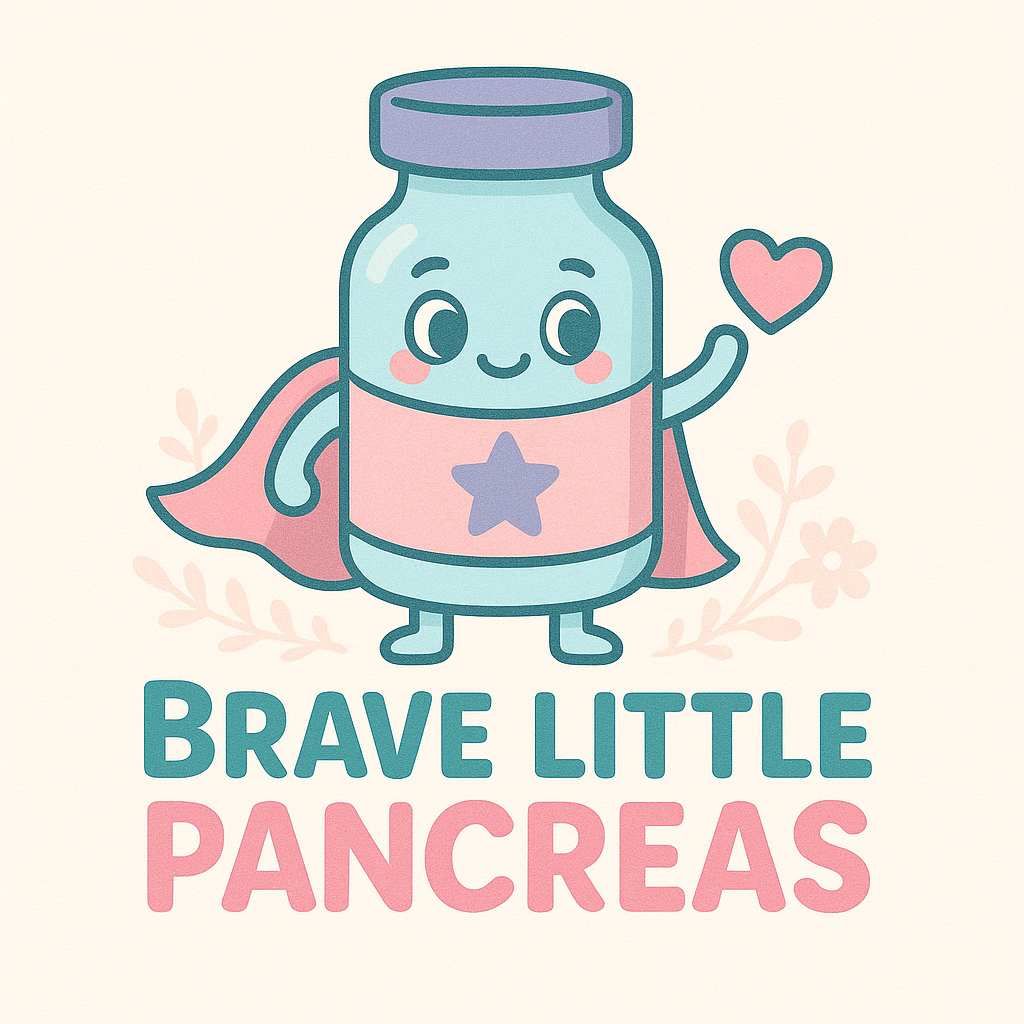In this lesson, you’ll learn:
✔️ Why insulin is essential for kids with T1D
✔️ The different types of insulin your child may use
✔️ Delivery methods (injections vs. pumps)
✔️ Tips for making insulin delivery less stressful
Why Insulin Matters
For children with Type 1 Diabetes, the pancreas no longer produces insulin — the hormone that helps the body use glucose (sugar) for energy. That means insulin must be given from the outside, every day, for life.
Without insulin, blood sugar rises to dangerous levels, which can cause immediate and long-term health problems. Giving insulin safely is the cornerstone of T1D care.
Types of Insulin
1. Rapid-Acting Insulin (Bolus)
Works quickly to cover meals or correct high blood sugar.
Starts working in 10–20 minutes, peaks in 1–2 hours.
Example: Humalog, Novolog, Apidra.
2. Long-Acting Insulin (Basal)
Provides steady background coverage.
Usually given once or twice a day.
Example: Lantus, Levemir, Tresiba.
Together, basal + bolus = “multiple daily injections” (MDI) or can be delivered via an insulin pump.
Insulin Delivery Methods
Option A: Injections
Given with a syringe or pen.
Pens are more discreet and kid-friendly.
Rotating sites (arms, legs, belly) helps avoid scar tissue.
Option B: Insulin Pump
Worn on the body with a small cannula under the skin.
Delivers basal insulin continuously and bolus doses at meals.
Pumps allow flexibility but require training + monitoring.
Option C: Patch Pumps & Smart Pens (newer tools)
Tubeless patch pumps stick directly to skin.
Smart pens track doses with apps.
Making Insulin Delivery Less Stressful
For younger kids: Use distraction (counting games, music, videos).
For older kids: Involve them in choosing sites or pressing the button when they feel ready.
Routine helps: Keep supplies in a “diabetes station” at home or in a travel bag.
Celebrate bravery: Stickers, praise, or small rewards can make a big difference for anxious children.
Quick Parent Tip
Remember: every child is different. Some families love the simplicity of injections, others thrive with pumps. There’s no “right way” — just the way that works best for your child and your family.
Next Lesson Preview: Food + Carb Counting — how what your child eats affects blood sugar, and how to manage meals without overwhelm.
Lesson 2 Quiz: Insulin Delivery Basics
Lesson 2 Quiz: Insulin Delivery Basics
Test your knowledge about insulin delivery for Type 1 Diabetes management

